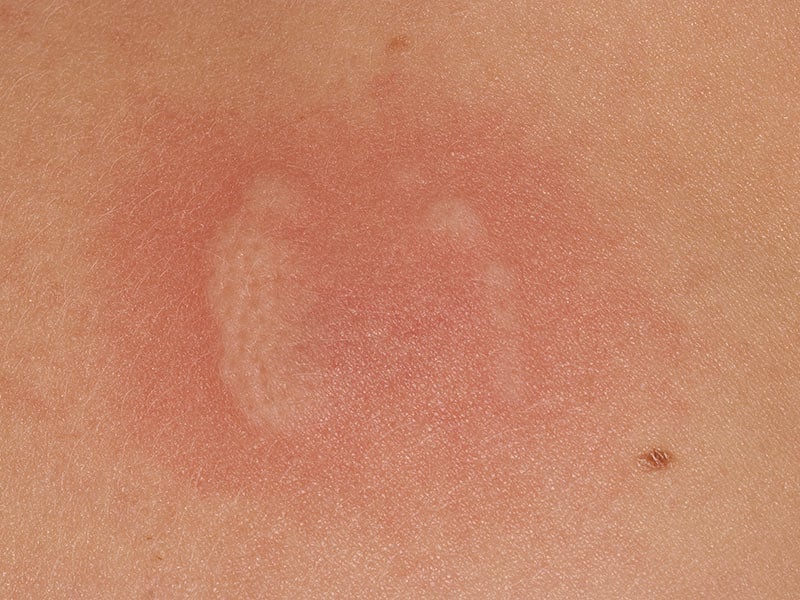
Oxygen toxicity is a condition resulting from the harmful effects of breathing molecular oxygen ( OĢ) partial pressures significantly greater than found in atmospheric air at sea level. Tooth overpressure ( dental barotrauma, barodontalgia).Middle ear overpressure (reversed ear) (also alternobaric vertigo).Arterial gas embolism: Air or other breathing gas in the blood stream, causing blockage of small blood vessels.
Barotrauma bite wounds free#


There are also non-dysbaric disorders associated with diving, which include the effects of the aquatic environment, such as drowning, which also are common to other water users, and disorders caused by the equipment or associated factors, such as carbon dioxide and carbon monoxide poisoning.

This second group further divides into conditions caused by exposure to ambient pressures significantly different from surface atmospheric pressure, and a range of conditions caused by general environment and equipment associated with diving activities.ĭisorders particularly associated with diving include those caused by variations in ambient pressure, such as barotraumas of descent and ascent, decompression sickness and those caused by exposure to elevated ambient pressure, such as some types of gas toxicity. See also: Diving medicine, List of diving hazards and precautions, and List of signs and symptoms of diving disordersĭiving disorders, or diving related medical conditions, are conditions associated with underwater diving, and include both conditions unique to underwater diving, and those that also occur during other activities.


 0 kommentar(er)
0 kommentar(er)
